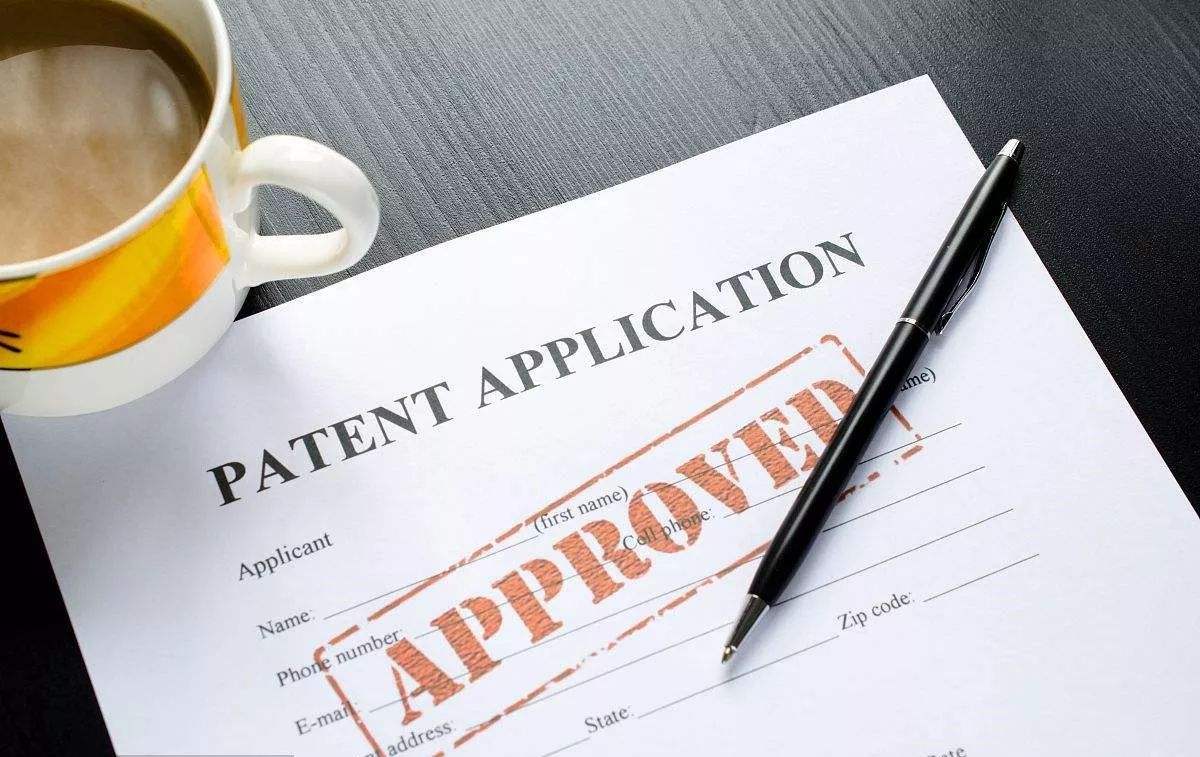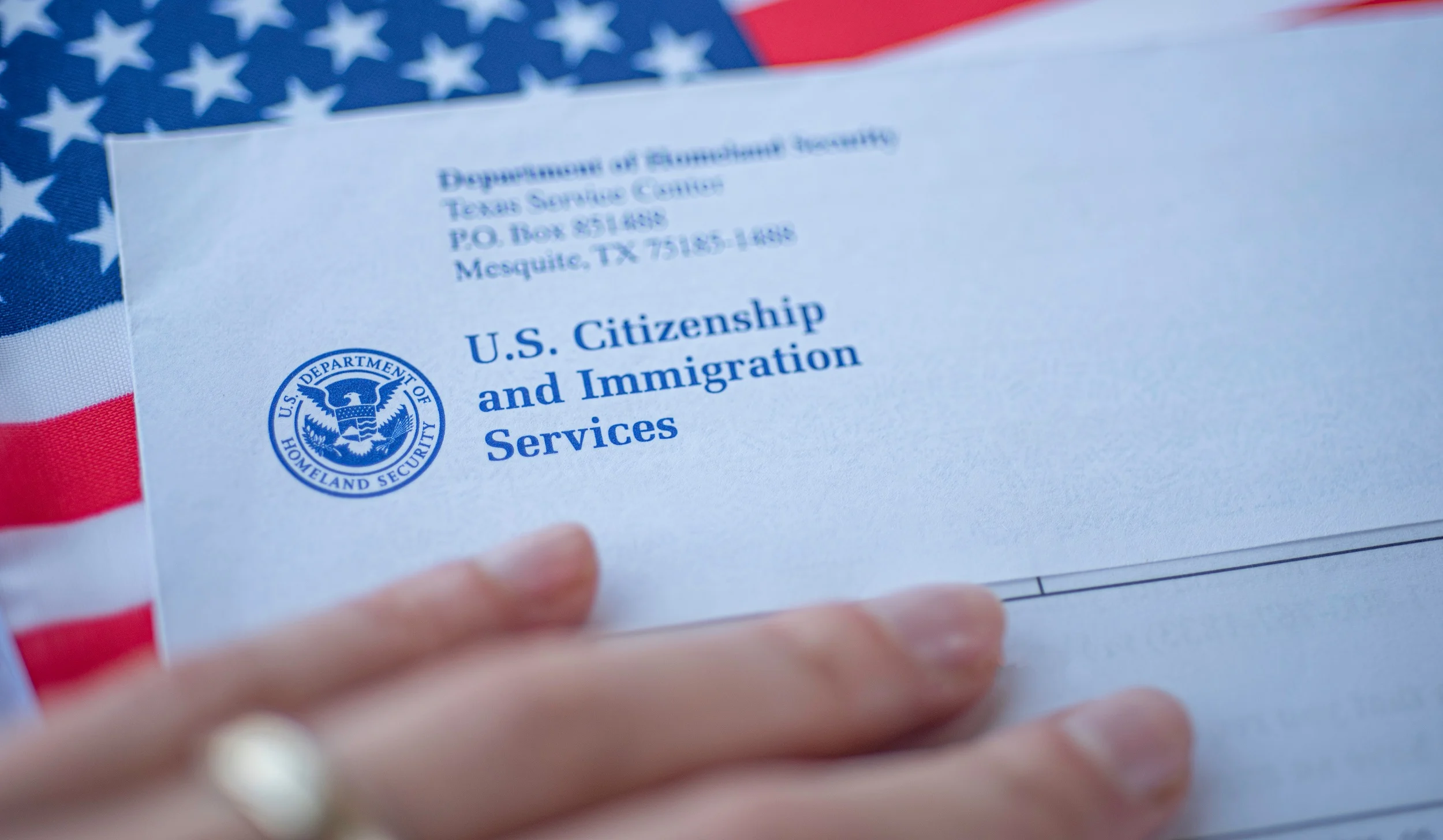In the globalized economy, protecting intellectual property (IP) across borders is a critical priority for businesses. For Chinese companies seeking to file patents in Spanish-speaking countries, such as Spain, Mexico, or Argentina, accurate translation of patent documents from Chinese to Spanish is essential to ensure legal protection and market access. With China leading global patent applications—over 1.5 million in 2023, according to the World Intellectual Property Organization—frequent filers face significant translation expenses. Patent translation is a highly specialized service, with fees typically ranging from $0.20 to $0.30 per word for Chinese-to-Spanish translations, reflecting the need for technical and legal expertise.
Traditionally, translation services have operated on a pay-per-use basis, charging per word or per project. In recent years, subscription models have emerged, offering fixed fees for a set volume of translations over a period, typically monthly or annually. These models promise cost predictability and potential savings, but their suitability for patent translations, which demand high accuracy, remains uncertain. This article examines whether subscription models are cost-effective for frequent Chinese patent filers translating into Spanish, comparing them with the traditional pay-per-use model and providing strategies to optimize costs.
Understanding Translation Pricing Modelsay-Per-Use Model
The pay-per-use model is the industry standard for professional translation services, particularly for high-stakes documents like patents. Clients are charged based on the number of words in the source document, with rates varying by language pair, content complexity, and urgency. For Chinese-to-Spanish patent translations, rates typically range from $0.20 to $0.30 per word, according to industry sources like Smartling. For a standard Patent Cooperation Treaty (PCT) application averaging 9,400 words, the cost per patent ranges from $1,880 to $2,820.
Advantages
Flexibility: Clients pay only for the translations they need, ideal for businesses with variable translation demands.
High Quality: Human translators with expertise in technical and legal domains ensure accuracy and compliance, critical for patents where errors can lead to rejected applications or legal disputes.
Customization: Supports tailored services, such as certified translations required by patent offices like the European Patent Office.
Disadvantages
High Costs: For frequent filers, costs accumulate rapidly. A company filing 10 patents annually could spend $18,800 to $28,200.
Less Predictable Expenses: Costs vary based on project complexity and urgency, complicating budget planning.
Subscription Models
Subscription models involve paying a fixed fee for a predetermined volume of translations over a specified period, typically monthly or annually. These models are increasingly popular for machine translation services, such as Google Cloud Translation and Microsoft Azure AI Translator, with rates starting at $10–$20 per million characters. For professional human translation, subscription models are less common but are offered by providers like Stepes and Leemeta Turnkey Translations, which emphasize scalability and cost-effectiveness.
Advantages
Predictable Costs: Fixed fees simplify budgeting, especially for businesses with consistent translation needs.
Scalability: Suitable for high-volume users, offering potential savings for exceeding included volumes.
Ease of Management: Streamlines workflows by reducing the need for per-project negotiations.
Challenges:
Quality Assurance: Machine translation subscriptions may not meet the precision required for patents, where errors can have legal consequences.
Limited Availability: Few providers offer subscription models for patent translations, as they require specialized human expertise.
Commitment Risks: Clients may overpay if translation needs decrease or underutilize the service if needs increase, as noted by PureFluent.
Cost Comparison for Frequent Filers
To assess cost-effectiveness, consider a hypothetical Chinese company filing 10 patents annually, each with 9,400 words, totaling 94,000 words. Below is a detailed cost comparison across different scenarios.
|
Scenario |
Calculation |
Annual Cost |
Savings |
|
Pay-Per-Use (No Discount) |
94,000 words × $0.25/word |
$23,500 |
- |
|
Pay-Per-Use (10% Discount) |
94,000 words × $0.25 × 0.9 |
$21,150 |
$2,350 (10%) |
|
Machine Translation Subscription |
470,000 characters (94,000 words × 5) × $20/million |
$9.40 |
$23,490 (99.96%) |
|
Hypothetical Professional Subscription |
94,000 words × $0.22/word |
$20,680 |
$2,820 (12%) |
|
Hybrid Approach |
(47,000 words × $0.02) + (47,000 words × $0.25) |
$12,690 |
$10,810 (46%) |
The hybrid approach offers significant savings but demands careful oversight to maintain accuracy, making it a promising but cautious option for frequent filers.
For frequent Chinese patent filers translating into Spanish, the pay-per-use model remains the most reliable choice due to its high accuracy and legal compliance, critical for patent applications. Subscription models, while offering cost savings and predictability, are currently better suited for general translations or machine translation services, which may not meet patent standards. By negotiating volume discounts, exploring hybrid translation approaches, or seeking providers with tailored subscription plans, frequent filers can potentially save 10–20% while maintaining quality.
Choose Artlangs Translation for your Chinese-to-Spanish patent needs. Our expert linguists deliver precise, cost-effective translations tailored to your IP requirements. Contact us today for seamless global patent protection!











